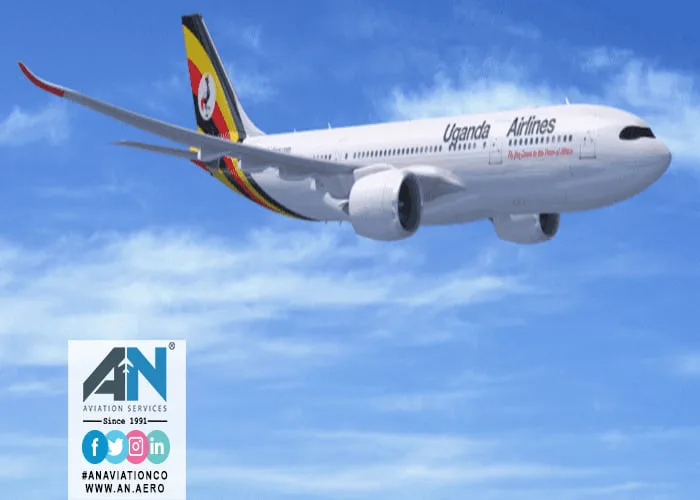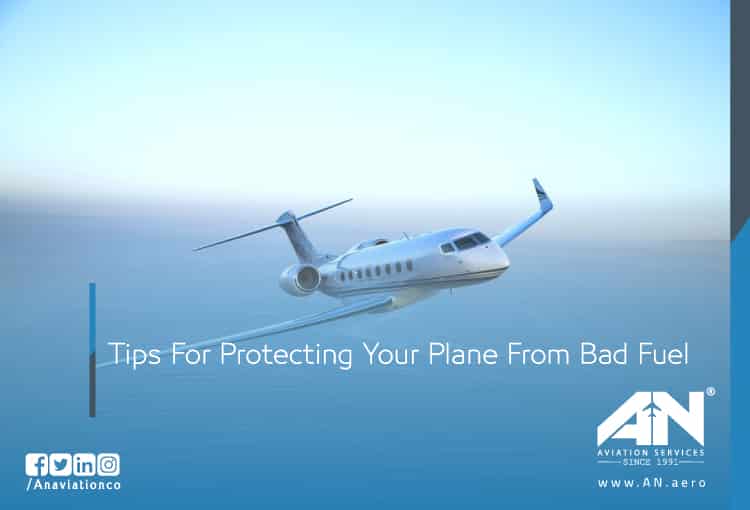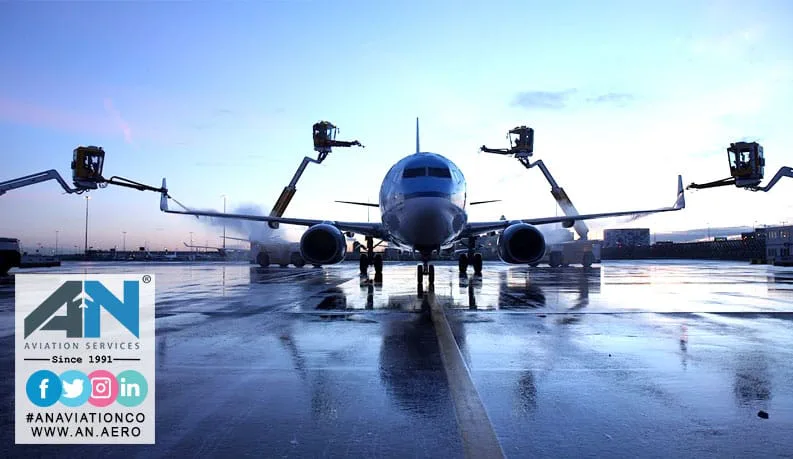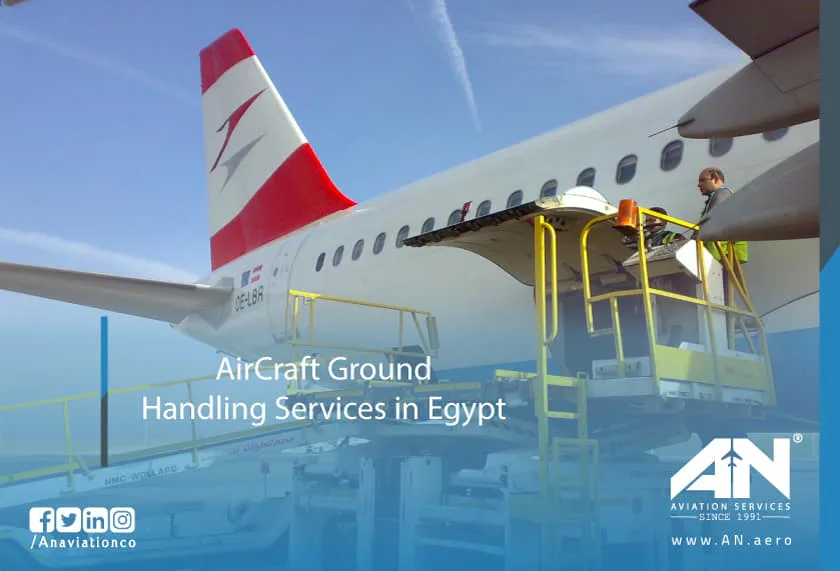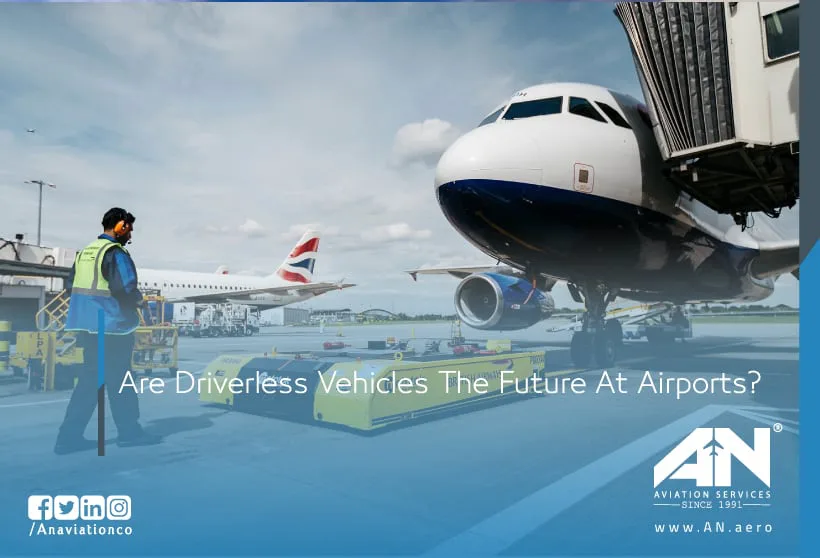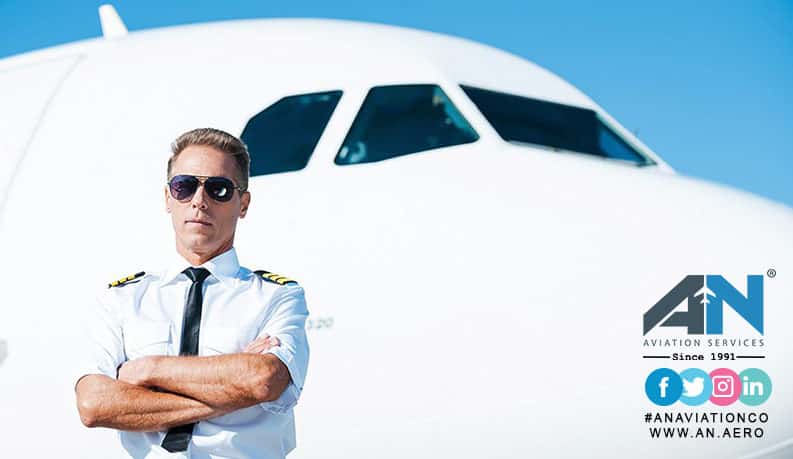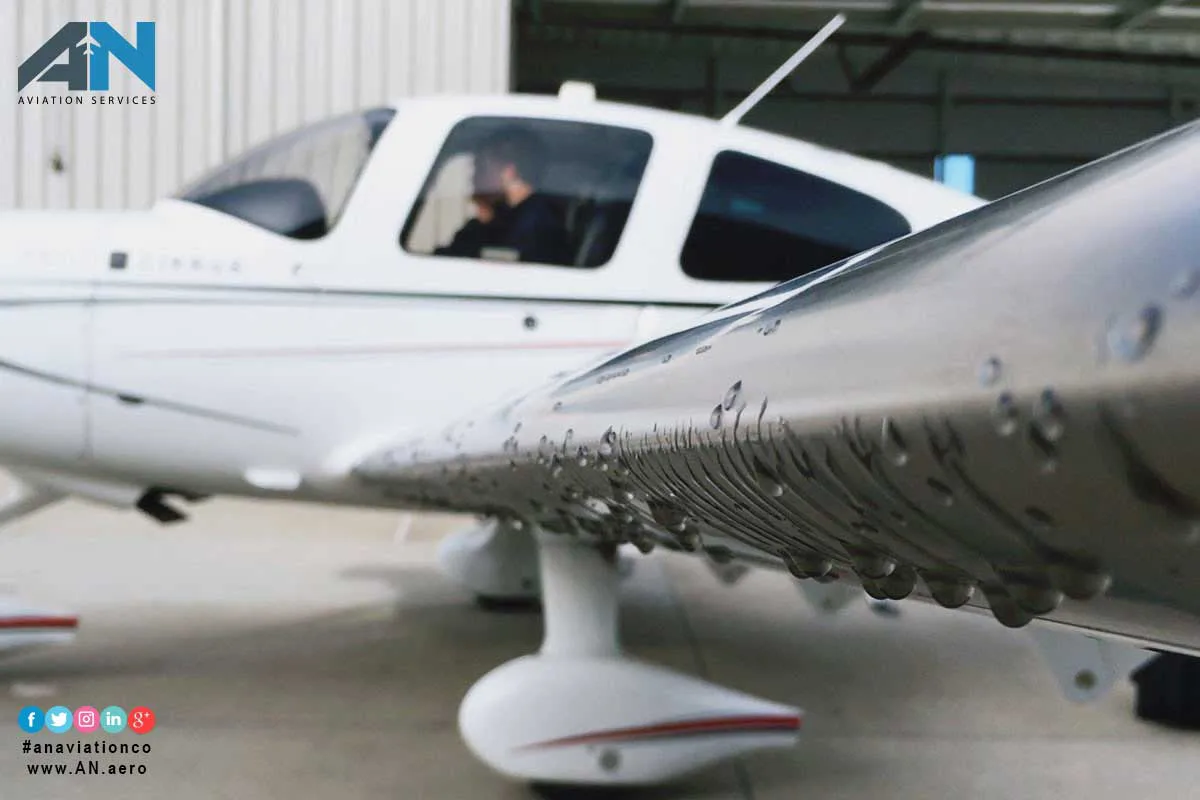
How much fuel are aircraft required to carry?
The refueling process is a bit different at every airport. The types and frequency of aircraft served, proximity to fuel delivery systems, environmental considerations, and -most importantly- safety all determine the facilities that an airport chooses to build.
Airlines must comply with their regulatory authorities’ procedures as regards fuel. Most authority’s policies are broadly similar and will be detailed in each airline operating manual.
Under EASA regulations (although FAA and other authorities are very similar) the Captain must ensure he has the following minimum fuel before departure:
- Trip Fuel
- Diversion fuel or 15 mins holding fuel if the flight is planned with no alternate
- Reserve Fuel
- Contingency Fuel
- Taxi Fuel
- Additional Fuel
Trip Fuel
Fuel required from the start of take-off, through climb, cruise, descent, and approach to touchdown at the destination, assuming departure on the SID from the assumed runway and arrival using the STAR for the assumed arrival runway and routing based on the forecast wind.
Diversion Fuel
Fuel required from go-around at the destination, climb, cruise, descent, approach, and landing at the selected alternate airport. This is normally calculated at the planned landing weight minus contingency fuel.
If no alternate is planned for the flight then the diversion fuel figure must be replaced by 15 mins holding fuel at 1500ft above destination airfield in standard conditions.
Reserve Fuel
Is the minimum fuel required to be present in tanks at the alternate airfield (or destination if no planned alternate). The figure is calculated based on 30 mins of fuel holding at 1500ft in clean configuration at planned landing weight.
Contingency Fuel
This is carried out to cover unforeseen variations from the planned operation. For example different winds/temps from forecast or ATC restrictions on levels and speed. It can be used anytime after dispatch (once the aircraft moves under its own power). It cannot be planned to use before. More likely it is used for delays on departure or arrival.
Contingency Fuel should be the higher of (i) or (ii) below:
i. Either:
a. Not less than 5% of the TRIP FUEL required from departure to destination; or
b. If an En-route alternate is available and selected, not less than 3% of the TRIP FUEL required from departure to destination; or
c. An amount of fuel sufficient for 20 minutes flying time based upon the planned trip fuel consumption; or
d. Statistical Contingency Fuel (SCF).
ii. An amount to fly for 5 minutes at holding speed at 1500 ft clean at Planned Landing Weight.
The minimum contingency fuel to be carried must not be below 5 minutes at holding speed at 1500 ft clean at Planned Landing Weight, even for the purpose of an LMC fuel reduction
Taxi Fuel
This is fuel for APU burn on the ground, engine start, and taxi out. Most airlines use statistical data to calculate this by using the taxi time in minutes.
Additional Fuel
This will be planned and loaded if the existing fuel is not sufficient to cater for an engine failure (2 engines in 4 engine aircraft) or de-pressurization at the most critical point along the route. Fuel planning must allow a descent and trip Fuel to the alternate airfield, hold for 15 mins at 1500ft, and make an approach and land.
Most airlines will work the above out for their pilots through their flight planning system. Pilots will then make a decision on whether to take any further ‘extra’ fuel if they deem that it is required. There could be many reasons for this including weather, known delays, increase weight, or technical defects.
AN Aviation Fuel Service Provider
Throughout the years, AN Aviation has established relationships with worldwide aviation fuel suppliers.
In Addition, we acquire a huge amount of aviation fuel and fuel farm airport to our customer per year and this let us obtain the best competitive prices of aviation fuel for your aircraft



